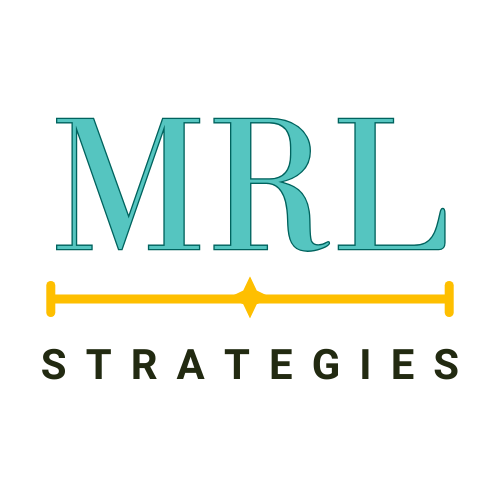Reframing Community Impact (Part 2): 8 Advanced Strategies for Building Organizational Capacity
In today’s rapidly evolving social impact sector, mission-driven organizations must embrace sophisticated, evidence-based approaches to scale their influence and create systemic change. Beyond conventional best practices, enterprises must navigate complex ecosystems, leverage advanced analytical tools, and drive paradigm shifts in collaboration and leadership. Here are eight high-level strategies to enhance your organization’s capacity and maximize long-term community impact.
1. Reframe Your Mission and Vision Through Systems Thinking
A strong mission is not just a statement; it’s a dynamic strategy embedded within broader societal systems. Organizations should adopt a systems-thinking approach, mapping interdependencies and power structures that influence their mission. For example, The Bridgespan Group applies systems mapping to identify root causes of social issues, ensuring interventions address upstream challenges rather than merely mitigating symptoms.
2. Cultivate Transformational Leadership Through Networked Influence
Effective leadership is no longer about hierarchy but about fostering distributed influence. Organizations should invest in leadership pipelines that cultivate collaborative, adaptive, and network-driven leaders. The Ford Foundation’s BUILD program strengthens leadership resilience by embedding social justice organizations within expansive peer networks, accelerating their ability to advocate for systemic policy change.
3. Engineer High-Impact Cross-Sector Collaborations
Strategic alliances must go beyond traditional partnerships to drive policy-level impact. Organizations should structure coalitions that align public, private, and nonprofit stakeholders around shared objectives with defined accountability metrics. A case in point is the Collective Impact Framework, successfully implemented by StriveTogether, which unites education, business, and government sectors to improve student outcomes at scale.
4. Harness Predictive Analytics for Proactive Decision-Making
The era of descriptive analytics is over—mission-driven organizations must shift toward predictive and prescriptive analytics. Utilizing AI-driven insights enables organizations to anticipate emerging trends, allocate resources dynamically, and tailor interventions for maximum effectiveness. Crisis Text Line employs machine learning to predict mental health crises in real time, ensuring timely and targeted support for individuals in need.
5. Create Regenerative Revenue Models Beyond Traditional Philanthropy
Financial resilience requires a shift from passive fundraising to regenerative revenue streams. Organizations should explore innovative financial models such as impact investing, blended finance, and mission-driven venture funding. The Robin Hood Foundation has pioneered outcomes-based financing, tying funding to tangible community results, ensuring long-term sustainability and accountability.
6. Develop Immersive Digital Storytelling and Experiential Engagement
Digital advocacy has evolved from passive content consumption to interactive, participatory experiences. Organizations should integrate immersive technologies such as VR, AR, and gamification to deepen stakeholder engagement. Amnesty International utilizes VR storytelling to transport viewers into the lived realities of human rights crises, catalyzing more profound advocacy and donor commitment.
7. Institutionalize Equity by Embedding DEI in Governance Models
Diversity, equity, and inclusion (DEI) efforts must be operationalized beyond rhetoric. Organizations should implement governance structures that embed equity metrics into performance evaluations, funding allocation, and strategic planning. PolicyLink’s Equity Atlas serves as a model for using data-driven equity analysis to shape municipal policies and resource distribution.
8. Prototype and Scale Disruptive Innovations Through Lean Experimentation
Mission-driven organizations must embrace the principles of rapid experimentation and iterative learning. Applying lean innovation frameworks, such as human-centered design, allows organizations to test, refine, and scale high-impact solutions efficiently. IDEO.org leverages design thinking to co-create interventions directly with communities, ensuring solutions are responsive, effective, and scalable.
Final Thoughts
To drive lasting and transformative community impact, mission-driven organizations must embrace advanced methodologies that go beyond conventional best practices. By integrating systems thinking, predictive analytics, cross-sector collaboration, and regenerative financial models, organizations can reshape the social impact landscape. The future belongs to mission-driven leaders who think boldly, act strategically, and continuously push the boundaries of innovation and equity.


